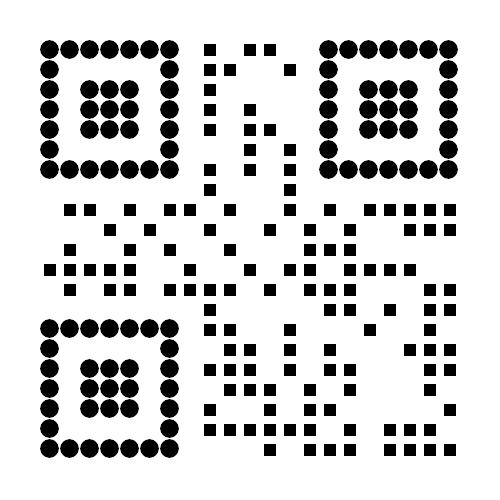剥离辊
Classification:
Xi'an Telephone:
JiangsuTelephone:
Peel rollers are used to remove protective films from substrates, film winding rollers are used to wind up protective films, and the mounting frame also includes peel assist rollers, which are used to moderate the peel angle of the protective film. By setting the peel rollers, the protective film on the substrate is easier to tear off, and by setting the peel assist rollers, the peel angle of the protective film is moderated, reducing the risk of substrate damage and improving production yield.
The uses and functions of peel rollers vary depending on their application scenarios, but in general, peel rollers are mainly used to peel a certain material or covering from a substrate. The following is a detailed summary of the uses and functions of peel rollers:
I. Uses of Peel Rollers
1. Industrial Production Lines: In industrial production lines such as biaxial stretching film production lines and plastic calenders, peel rollers are used to peel the calendered or stretched film from the roller, transferring it to subsequent processing equipment.
2. Cable Processing: In cable processing, peel rollers are used to peel off the outer insulation material of the cable, allowing for further processing of the inner core.
3. Protective Film Peeling: Peel rollers are also often used to peel off protective films from substrates for subsequent processing.
II. Functions of Peel Rollers
1. Peeling Function: Peel rollers, through their specific design and rotation method, can effectively peel materials or coverings from the substrate. This peeling action is achieved through the friction and pressure between the peel roller and the substrate.
2. Buffering and Moderating Function: In some application scenarios, peel rollers also play a buffering and moderating role. For example, when peeling protective films, peel assist rollers can moderate the peel angle of the protective film, reducing the risk of substrate damage.
3. Guiding and Transferring Function: Peel rollers can guide the peeled material in a specific direction and transfer it to subsequent processing equipment. This guiding and transferring function ensures the continuity and efficiency of the production line.
III. Characteristics of Peel Rollers
1. Adjustable Speed: Peel rollers are usually driven by DC motors, with adjustable speeds to meet the needs of different materials and processes.
2. Heating Function: To meet specific process requirements, peel rollers usually have a heating function to ensure temperature control during the peeling process.
3. High Strength and Wear Resistance: Peel rollers need to withstand large friction and pressure, so they usually have high strength and wear resistance to ensure long-term stable operation.
In summary, peel rollers have wide applications in industrial production lines, cable processing, and protective film peeling. Their main functions are material peeling, buffering and moderating, and guiding and transferring. Peel rollers also have features such as adjustable speed, heating function, and high strength and wear resistance to adapt to different application scenarios.
In addition, the design of peel rollers also fully considers the balance between operational efficiency and equipment durability. Their surfaces are usually specially treated, such as hard chrome plating or the use of wear-resistant alloy materials, to enhance the hardness and wear resistance of the roller body, ensuring high-precision operation even during long-term, high-intensity peeling operations, reducing wear and deformation caused by friction. At the same time, the precise coordination between the peel roller and the drive system can achieve stable speed control, which not only improves peeling efficiency but also effectively avoids problems such as protective film breakage or substrate scratching caused by uneven speed. To further adapt to the peeling needs of protective films with different materials and thicknesses, some peel rollers are also designed to be adjustable, allowing users to adjust the gap between the peel roller and the substrate according to the actual situation, achieving more flexible and efficient peeling operations. In summary, the optimized design of peel rollers and their auxiliary systems provides reliable technical support for the protective film peeling stage on modern automated production lines, promoting both production efficiency and product quality.
1. High-efficiency peeling: Unique roller design achieves fast and precise peeling operation.
2. High durability: Made of high-quality materials to ensure long-term stable operation.
3. Precise control: Fine-tuning system easily adjusts peeling force to meet different needs.
Previous article
Next article
Previous article
Next article
Other Products










